Blog
MGL Granite Inc
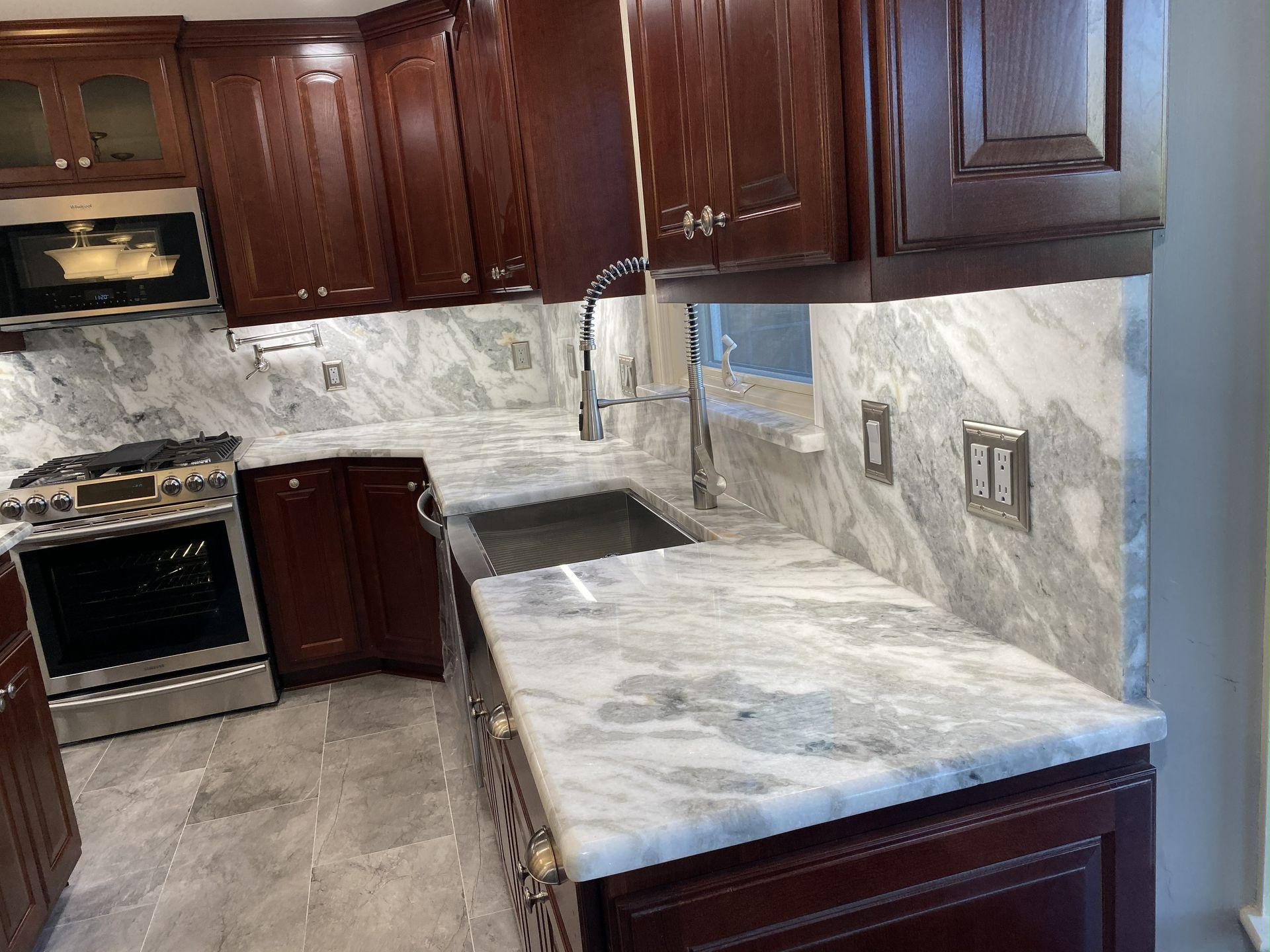
Granite is one of the most popular choices for kitchen and bathroom countertops—and for good reason. It's durable, beautiful, and timeless. But like any natural stone, granite needs a little care to keep it looking its best. One of the most important steps in maintaining granite countertops is sealing them. In this post, we’ll walk you through the basics of sealing granite, why it’s so important (especially for countertops that get regular use), and how MGL Granite can help. Why Does Granite Need to Be Sealed? Granite is a natural stone with a porous surface. That means that if it's left unsealed, liquids like water, oil, wine, or juice can seep into the stone, causing stains or even long-term damage. Bacteria can also find their way into those tiny pores, which isn’t something you want on your food prep surfaces. Sealing your granite countertops helps create a protective barrier that: Repels moisture and spills Prevents staining Makes cleaning easier Extends the life and beauty of your countertops How Often Should You Seal Granite? It depends on the type of granite, how much use your countertops get, and the type of sealer used. Some granite varieties are denser and require sealing less often, while others are more porous and need more frequent attention. As a general rule: Seal high-use kitchen countertops once a year. For less frequently used areas (like guest bathrooms), every 2–3 years may be enough. Pro Tip: Not sure if it's time to reseal? Drip a few drops of water on the surface. If it beads up, you're good. If the water soaks in, it's time to reseal. How to Seal Granite Countertops: Step-by-Step 1. Clean the Surface Thoroughly: Wipe down your granite with a gentle stone cleaner or warm soapy water. Remove all residue and let it dry completely before sealing. 2. Choose the Right Sealer: Use a granite-specific penetrating (or impregnating) sealer that soaks into the stone to provide long-lasting protection. 3. Apply the Sealer: Follow the instructions on the label. Typically, you'll a pply the sealer evenly with a clean cloth or applicator pad. Let it absorb for about 15–20 minutes. Wipe off any excess with a clean, dry cloth 4. Let It Cure: Most sealers cure within 24 hours. During this time, avoid using the surface or getting it wet. Want a Professional to Handle It? We've Got You Covered! At MGL Granite, we don’t just install granite—we help you maintain it. We offer professional granite sealing services, so you don’t have to worry about the mess or guesswork. Whether you need sealing for a newly installed countertop or want to refresh an older surface, we’re here to help. Keep Your Granite Looking Great for Years Sealing your granite countertops is a simple step that goes a long way in protecting your investment. With regular maintenance—or a visit from our team—you can enjoy the beauty and durability of your countertops for decades to come. Contact us today to schedule your sealing service or ask about the best care plan for your countertops!
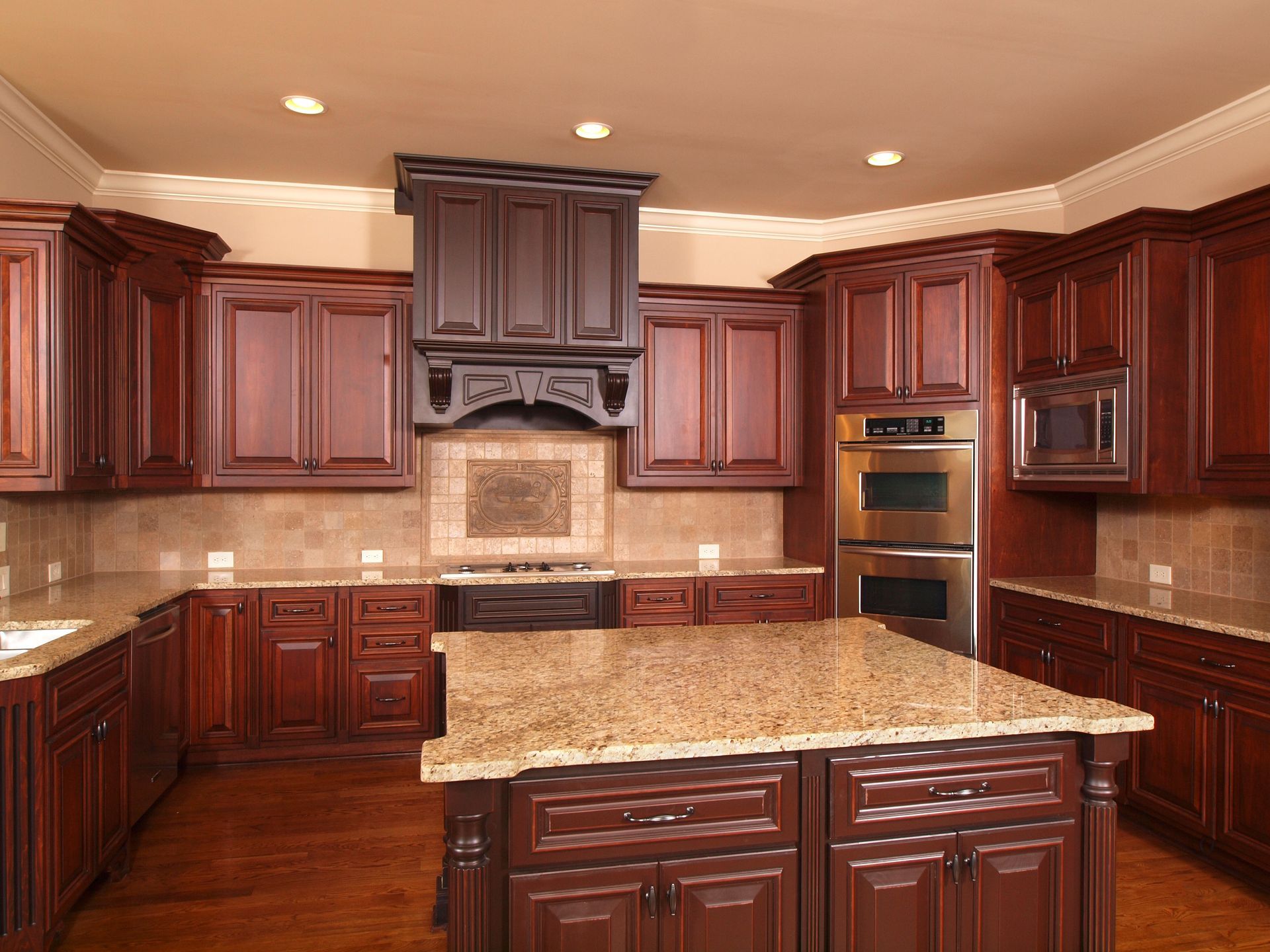
When planning a kitchen or bathroom renovation, one detail that often flies under the radar is countertop thickness —but it plays a big role in the final look, feel, and functionality of your space. For granite and quartz, two of the most popular materials on the market, thickness isn't just about aesthetics—it's about strength, durability, support requirements, and installation. Let’s break it down. The Granite Gold Standard: 3 cm Granite countertops are almost universally installed at a 3 cm thickness (about 1 1/4 inches) . Why? It’s simple— 3 cm granite is strong enough to be installed without an underlayment in most cases. Granite is a natural stone and, while incredibly durable, it can be brittle when too thin. At 3 cm, it strikes the perfect balance between strength and elegance. Pros of 3 cm Granite: No plywood support needed under most areas. Sturdier and more resistant to cracking or breaking. Substantial, high-end appearance. Things to keep in mind: Supports are typically required for longer overhangs (like breakfast bars or islands) to ensure stability and prevent flexing or cracking. Heavier weight may slightly increase installation effort. Quartz: 2 cm or 3 cm—What’s the Difference? Unlike granite, quartz countertops are engineered , meaning they’re made from a mix of natural quartz and resin. This allows for multiple thickness options —the most common being: 3 cm quartz (1 1/4 inches) 2 cm quartz (3/4 inch) Why the Variety? Because quartz is manufactured, it can be made thinner than granite without sacrificing too much integrity. 2 cm quartz offers more flexibility for certain designs and budgets , while 3 cm remains ideal for heavy-use areas . 2 cm vs. 3 cm Quartz: A Detailed Look at Pros and Cons 3 cm Quartz Pros: Durability & Strength: Thicker material offers more resistance to chips, cracks, and flexing—ideal for high-use areas like kitchens and laundry rooms. No Plywood Underlayment Needed: Can be installed directly on cabinets, simplifying the installation process and potentially saving on labor and materials. Luxury Aesthetic: The thicker edge creates a more substantial, premium look that aligns well with high-end or traditional design styles. Better for Decorative Edge Profiles: With more material to work with, fabricators have greater flexibility for creating detailed edge treatments like ogee or bullnose. Cons: Heavier Weight: More challenging to maneuver and install, particularly in second-story installations or tight spaces. Higher Material Cost: Uses more quartz, which can raise the overall price per square foot, although the increase is often moderate. Added Weight on Cabinetry: In some cases—particularly with older or less sturdy cabinets—additional support may be recommended to handle the weight safely. 2 cm Quartz Pros: Lighter and Easier to Handle: Makes it a great choice for installations on upper floors or where maneuverability is limited. Cost-Effective: Less material means a lower price per square foot, and potentially reduced labor costs for vertical applications. Ideal for Vertical Surfaces: Perfect for full-height backsplashes, wall cladding, fireplace surrounds, and shower installations where a lighter slab is easier to mount. Modern Aesthetic: The thinner profile creates a clean, contemporary look, especially when paired with simple edge styles. Cons: More Fragile if Unsupported: More susceptible to breakage, especially near cutouts or unsupported spans, if not properly reinforced. Edge Limitations: Fewer options for thicker or more decorative edges without extra fabrication. May Require Laminate Edges: To mimic the look of 3 cm, a laminated front edge (where two strips are glued together) is often used. This adds time, cost, and introduces a visible seam. Installation Tip: Don’t Skip the Dishwasher Brackets We always recommend adding dishwasher brackets , even though they’re an optional upgrade. These brackets help anchor the countertop securely over the dishwasher, especially important when opening and closing the appliance regularly. They offer extra peace of mind and long-term stability —a small investment that protects your countertop and cabinetry over time. When to Choose Each Thickness Choose 3 cm for: Kitchen countertops, islands, bathrooms, and laundry rooms—any space where strength and durability matter most. Choose 2 cm for: Backsplashes, vertical applications, or furniture-style pieces where weight and thickness aren’t as critical. And remember, any countertop with a significant overhang—regardless of thickness—should have proper support brackets for safety and longevity. The Bottom Line Countertop thickness isn't just a design choice—it's a structural one. Whether you’re working with natural granite or engineered quartz, choosing the right thickness means your counters will not only look amazing, but stand up to everyday life. Need help deciding what's best for your space? Let us know—we’re happy to walk you through it!
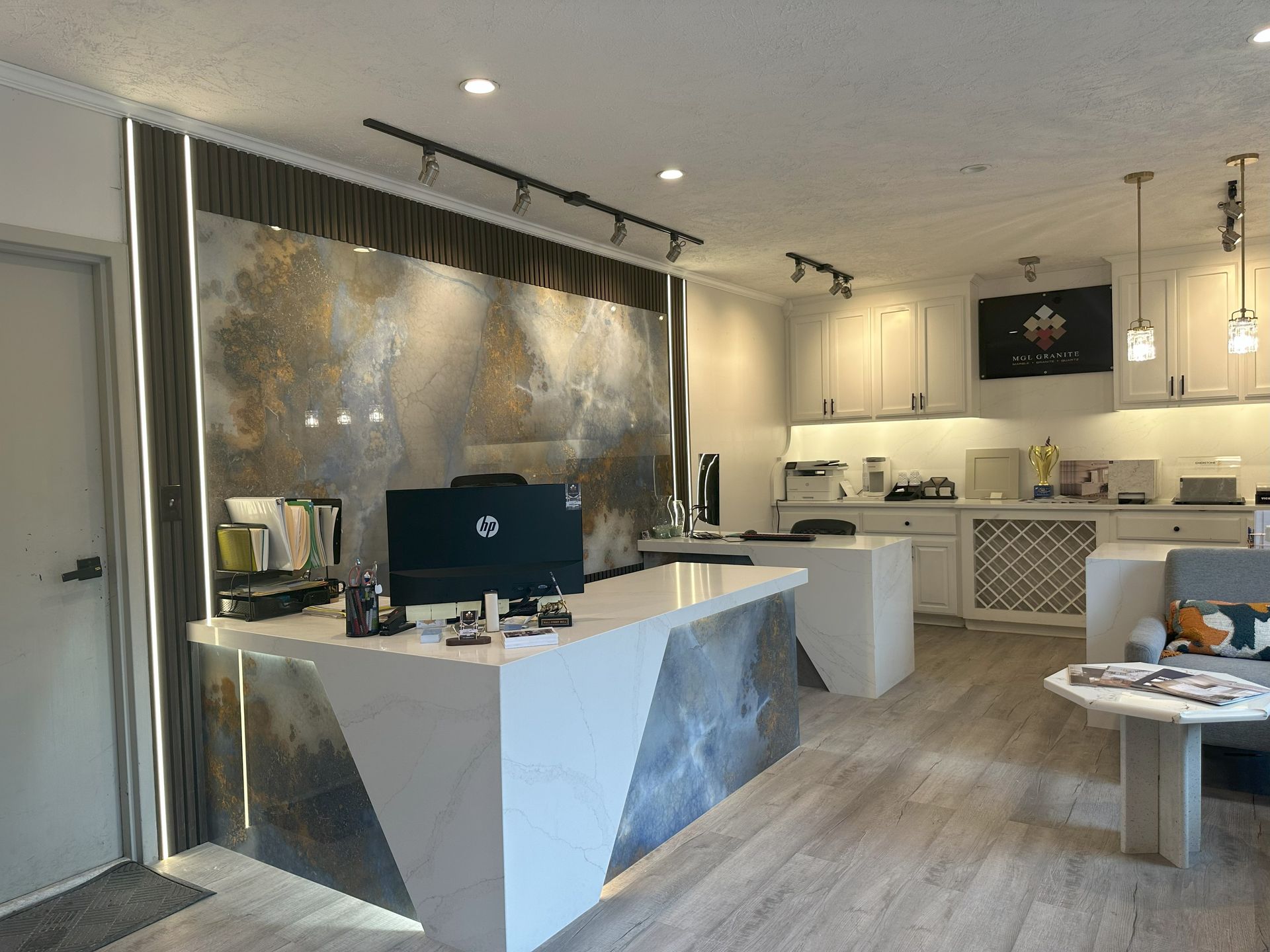
If you’re shopping for new countertops or starting a kitchen or bathroom remodel, you’ve probably come across a few different types of companies: stone wholesalers, fabricators, and kitchen & bath companies. But what exactly does each one do—and who should you go to for what? Here’s a simple breakdown to help you better understand the roles these businesses play in your project: 1. Stone/Slab Wholesalers What They Do: Stone wholesalers import and distribute slabs of natural and engineered stone (like granite, quartz, marble, quartzite, etc.). They typically sell only to fabricators, not directly to the public. Who They Work With: Fabricators (like us at MGL Granite) Designers and contractors (through fabricators) What to Know: If you’ve ever visited a slab yard, it was probably through a fabricator. You can typically browse and choose your slab(s) from the wholesaler, but the wholesaler won’t cut, polish, or install it—that part comes next. 2. Fabricators (That’s Us!) What We Do: Fabricators like MGL Granite cut, polish, and install stone slabs to fit your custom countertop dimensions. We’re the ones who turn a raw slab into a beautiful, finished countertop that fits perfectly in your home. Services Typically Include: Field measurements (on-site measurements) Custom cutting and edging Seaming and polishing Delivery and installation Supply and installing support brackets Optional sealing and aftercare services What to Know: Fabricators are your go-to for anything related to stone surfaces—whether you need a kitchen countertop, a bathroom vanity, a fireplace surround, or a custom stone feature. We source slabs through wholesalers or showrooms, and then fabricate them to suit your space and style. 3. Kitchen & Bath Companies What They Do: Kitchen and bath companies usually offer full-service remodeling, including layout design, cabinetry, flooring, lighting, and appliances. Many of them also coordinate countertops as part of the process, but they don’t fabricate the stone themselves. Who They Work With: Homeowners doing full remodels Subcontractors like plumbers, electricians—and countertop fabricators Designers What to Know: If you’re doing a full kitchen or bath remodel and want one company to manage everything, a kitchen & bath company might be the right choice. But keep in mind, they’ll likely hire a fabricator (like us) behind the scenes to handle the actual countertop work. Why This Matters to You Understanding who does what can save you time, money, and stress. If you're focused on choosing the perfect countertop and want to work directly with the experts who will cut and install it, a fabricator is your best bet. At MGL Granite, we walk you through the entire process—from selecting the right stone to installation—making your project as smooth and enjoyable as possible. If you’re working with a designer or remodeler already, just ask who they use for fabrication. And if you want to work directly with a trusted local fabricator, we’d love to help! Have Questions? Ready to Start Your Project? Contact MGL Granite today—we’re here to help you understand your options and bring your vision to life, one project at a time.
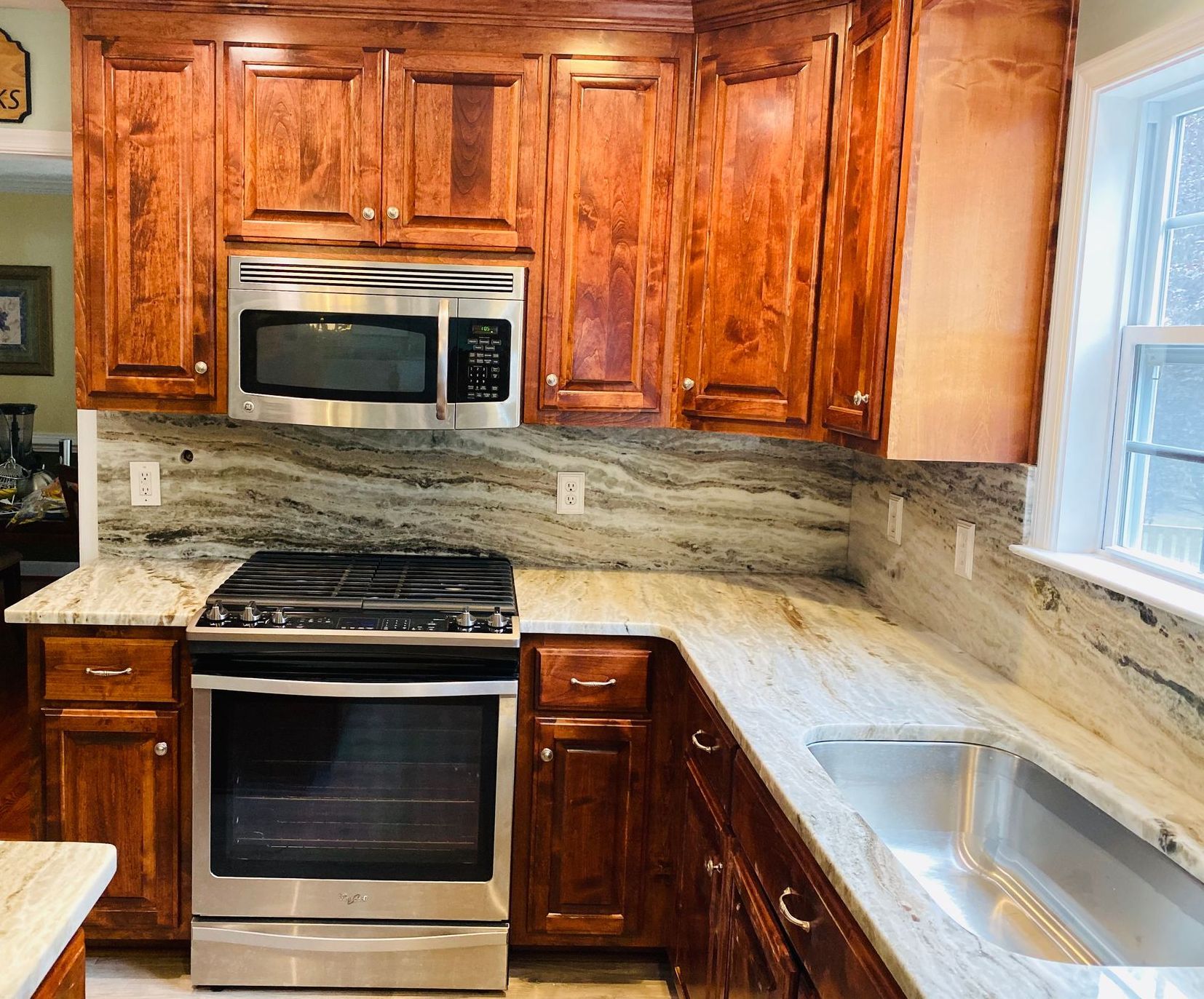
Granite countertops are an enduring favorite in many kitchens and bathrooms. Known for their beauty, durability, and ability to add a touch of luxury to any space, granite is one of the most popular materials for countertops. However, like any natural stone, granite requires care and maintenance to ensure it stays looking its best for years to come. Below, we provide a comprehensive guide to maintaining and caring for your granite countertops so you can enjoy their beauty and functionality for the foreseeable future. 1. Sealing Your Granite Countertops Granite is a porous material, which means it can absorb liquids like water, oil, and wine. This can lead to stains, discoloration, or even bacteria buildup if it is not properly sealed. Most granite countertops come pre-sealed when installed, but over time, the sealant can wear off. How to seal your granite countertops: Clean the surface thoroughly using mild dish soap and warm water. Then, let it dry completely. Apply a granite-specific sealant to the countertop in thin layers. Follow the manufacturer’s instructions, but generally, you should wait around 24 hours before using the countertop after applying the sealer. To check if your granite is still sealed, sprinkle a few drops of water on the surface. If the water absorbs into the stone, it's time to reapply the sealant. We recommend sealing granite countertops every 12-18 months, depending on the type of sealant used, the amount of use the countertop gets, and its finish (leather, polished, honed). Sealing granite is something that homeowners can do themselves or hire a professional to do too (such as MGL Granite). 2. Cleaning Granite Countertops Daily cleaning of your granite countertops is essential for keeping them looking pristine. Fortunately, it is very easy and straightforward to clean your countertops. How to clean granite countertops: Use a gentle dish soap and warm water solution to wipe down the surface with a soft cloth or sponge. Avoid using harsh chemicals, bleach, or abrasive scrubbers, as these can damage the granite or strip its sealant. For tough stains or spills, mix a paste of baking soda and water, apply it to the stain, and let it sit for a few hours before wiping it off with a damp cloth. For a streak-free shine, dry the countertop with a microfiber cloth after cleaning. 3. Preventing Scratches and Damage Granite is incredibly durable, but it’s not impervious to damage. To prevent scratches and other harm, follow these simple precautions: Tips to prevent damage: Always use cutting boards when chopping, slicing, or preparing food. Avoid cutting directly on the granite surface, as it can dull your knives and cause scratches. Use trivets or hot pads under pots, pans, or baking dishes to prevent heat damage. While granite can withstand high temperatures, sudden temperature changes (like placing a hot pan directly on the surface) can cause cracks or discoloration. Be cautious with acidic substances such as lemon juice, vinegar, or wine and wipe up any spills as soon as possible. While granite is generally resistant to acids, prolonged exposure can eventually cause damage to the stone or its sealant. 4. Dealing with Stains Granite is relatively stain-resistant, but it’s still a good idea to address any spills promptly to avoid long-term damage. Certain substances like oil, wine, and coffee can leave stains on the surface if not cleaned quickly. How to tackle stains: For oil stains, make a paste with baking soda and water and apply it to the stain. Let it sit for several hours, then wipe it off with a damp cloth. For other stains, you can use a specialized granite cleaner or poultice designed for stone surfaces. Be sure to follow the instructions carefully to avoid damaging your countertop. 5. Polishing Granite Countertops To restore your granite countertops’ luster, occasional polishing is needed. Polishing helps maintain the stone’s natural shine while also helping to create a protective layer. You can do this yourself by utilizing a granite-specific polish and buffing the surface or you can also hire someone to do the service (such as MGL Granite). How to polish granite countertops: Use a granite-specific polish or a solution designed for stone surfaces. Apply the polish using a soft cloth and work it into the surface in circular motions. Buff the surface with a clean microfiber cloth for a streak-free finish. 6. Regular Inspections Lastly, it's a good idea to regularly inspect your granite countertops for signs of wear. Look for cracks, chips, or signs that the sealant has worn away. If you notice any issues, take action right away to prevent further damage. For serious cracks or chips, you may need professional repair services to restore the countertop. Granite countertops are a long-term investment that can add both beauty and functionality to your home. With proper care and maintenance, you can keep your granite looking as stunning as the day it was installed. Remember to clean it regularly, seal it as needed, and use the proper precautions to prevent scratches, stains, and heat damage. By following these simple care guidelines, your granite countertops will continue to shine for years to come, maintaining their appeal and enhancing the overall look of your kitchen or bathroom.

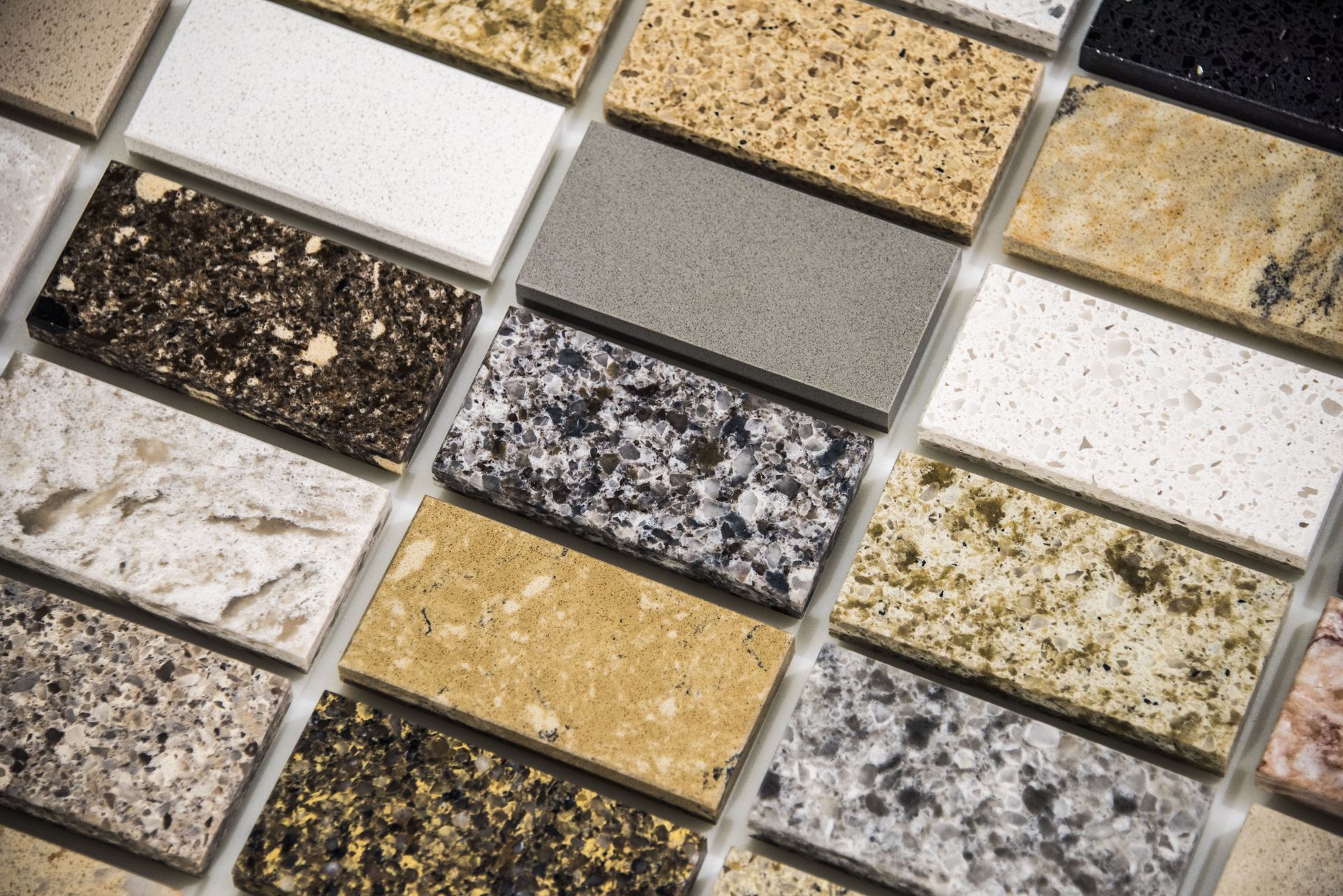
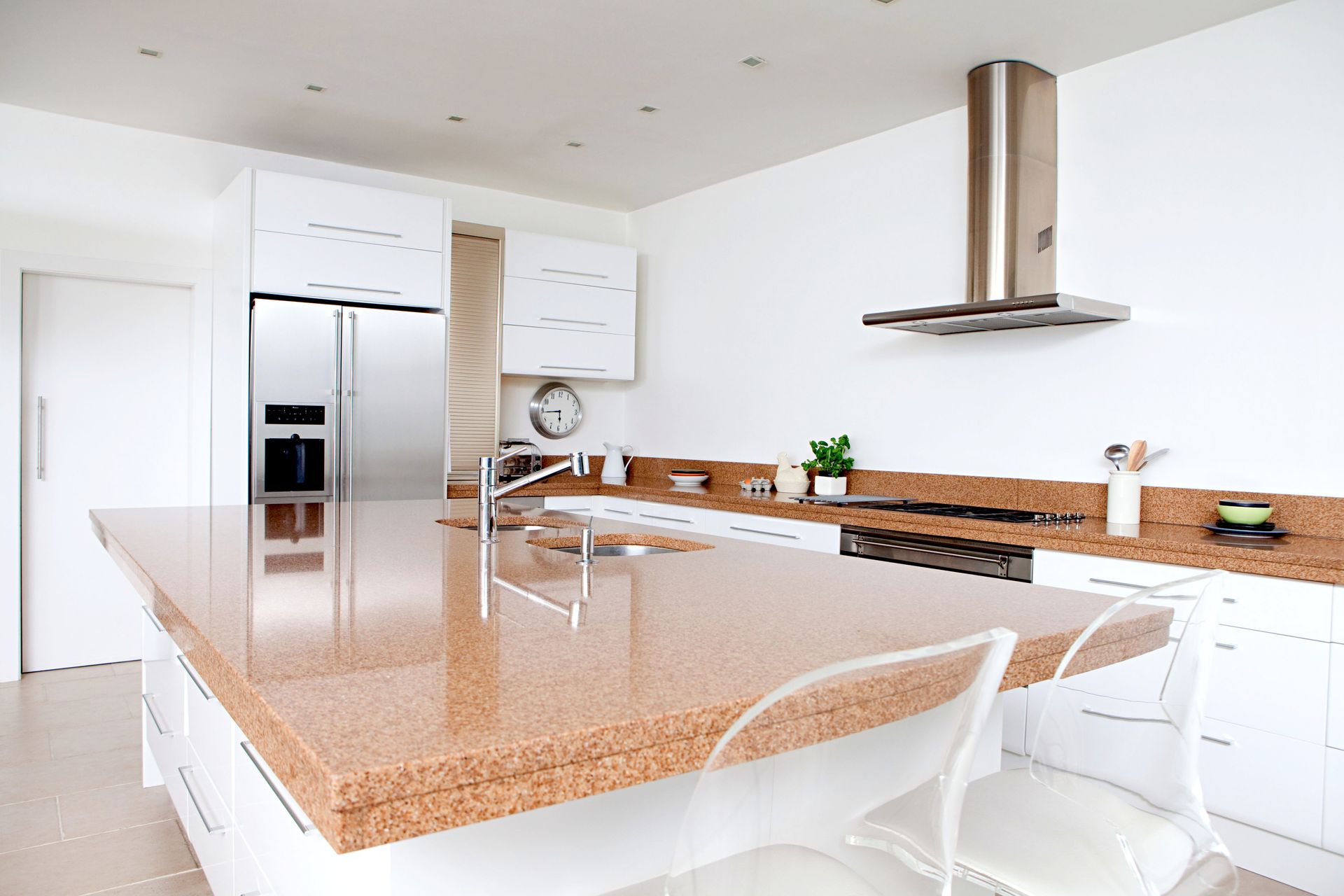
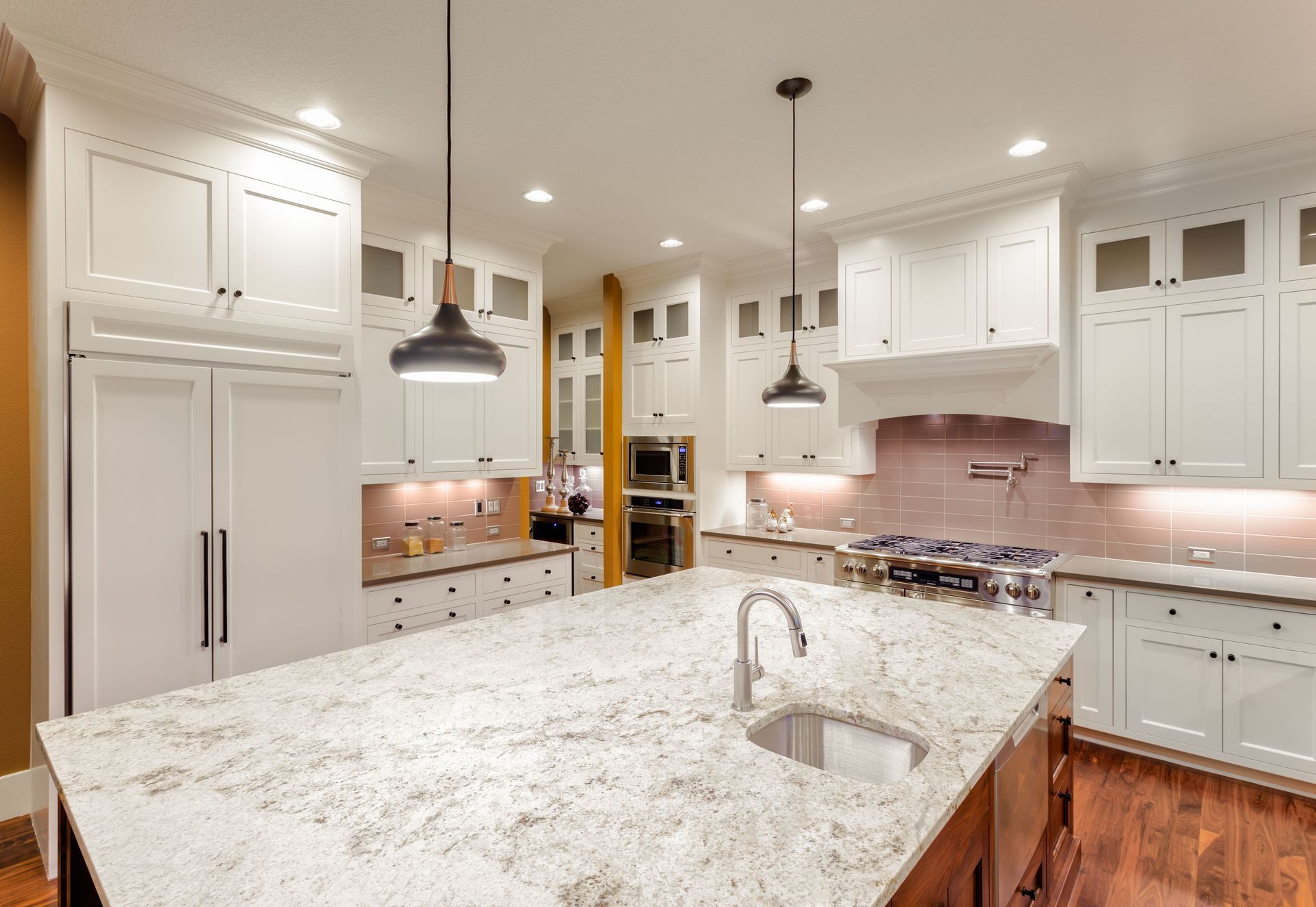
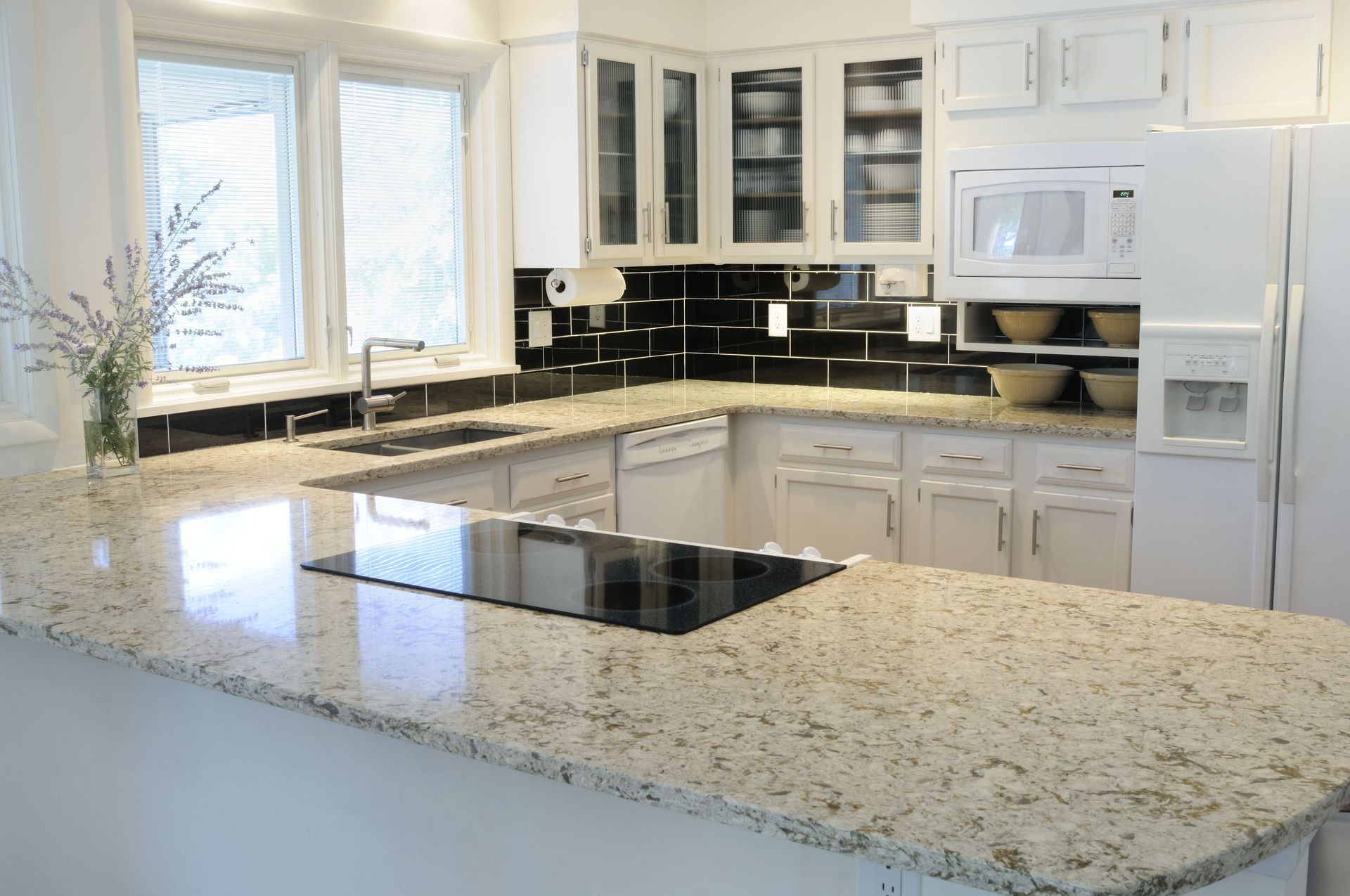
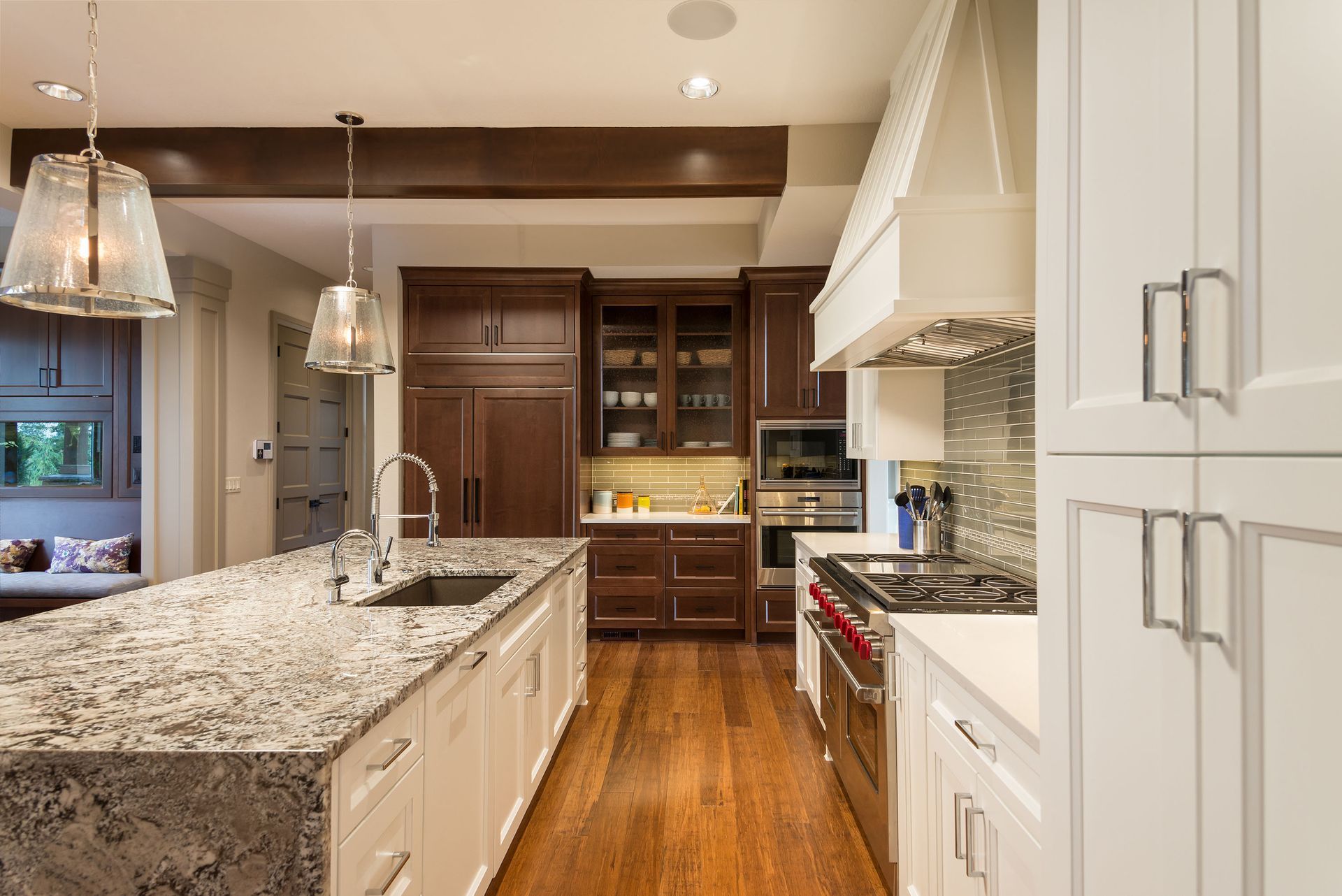

Share On: